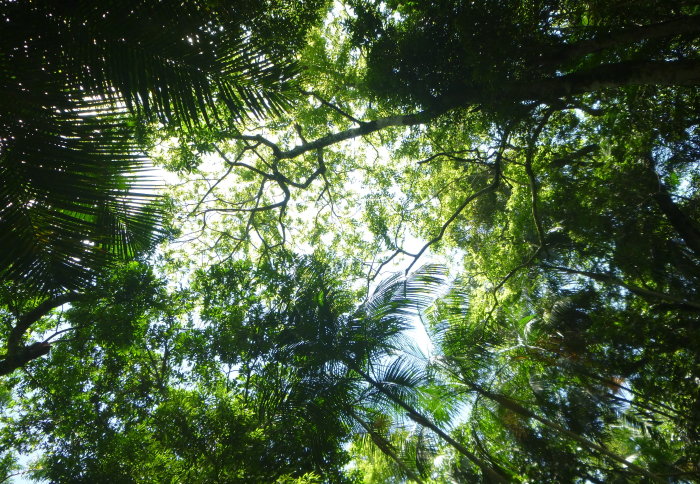Brazil could save more species at half the cost with new forest restoration plan

A new approach to restoring Brazil’s Atlantic Forest could triple biodiversity gains while reducing costs by US$28 billion.
The findings, published in Nature Ecology & Evolution, will be used by the Brazilian Ministry of the Environment and could guide restoration projects around the world.
Our study provides guidance on how multiple interests, in nature and agriculture, can be reconciled when developing forest restoration plans. Dr Morena Mills
A team of 25 international researchers, including Senior Lecturer in Conservation Science at Imperial Dr Morena Mills, developed a customized software to determine the best route for restoration. Using this software, they identified the best way to divide space in Brazil’s Atlantic Forest to maximize biodiversity and climate change mitigation while minimizing costs.
This approach would save approximately 745 animals and plants from extinction. As trees regrow, the forest would also capture twice as much carbon dioxide, taking in 1 billion tonnes of carbon dioxide from the atmosphere over the next 20 years. This approach would also cut overall restoration costs by 57%.
Bernardo Strassburg, lead author of the study, from the International Institute for Sustainability and the Pontifical Catholic University of Rio de Janeiro explains: “These restoration targets, if achieved, will bring multiple benefits for people and nature. We show that science can help guide decisions about where to restore, multiplying benefits and saving billions of dollars in costs.”
An ecosystem under threat
The Atlantic Forest, located along the coast of Brazil, is one of the most biodiverse ecosystems in the world. It once covered nearly 1.5 million square kilometres but today only an estimated 7-11% remains. To maintain the biodiversity within the Atlantic Forest, these levels need to reach 30% — a measure established by Imperial scientist Dr Cristina Banks-Leite, who was recently a runner up for a NERC Impact Award for her biodiversity research.
While this restoration solution is directly applicable to the Brazilian Government, their methodology could guide other restoration programs around the world.
The program the team used considered different priorities for land use: biodiversity conservation, climate change mitigation and farming. The program was able to prioritise the most valuable lands to restore, while at the same time focusing on the least valuable lands for farming.
Dr Morena Mills explains: “People recognise the benefits of forest restoration for their wellbeing and for nature, and there are extraordinary efforts to restore forest happening around the world. Our study provides guidance on how multiple interests, in nature and agriculture, can be reconciled when developing forest restoration plans.”
A graphic showing some of the main figures from the report: 745 native species that could be saved from extinction, 1 billion tonnes of carbon dioxide that could be removed from the atmosphere over 20 years, and $28 billion dollars that could be saved.
Going forward
Given the team’s success in optimising restoration for Brazil’s Atlantic Forest, their research is now guiding plans for Brazil’s other five major habitats, including the Amazon Rain Forest. However, the researchers say there is uncertainty about Brazil’s environmental agenda following the recent presidential election.
Dr Mills said: “Regardless of the political situation, this approach sets a foundation for better forest restoration efforts in Brazil and around the world.
“This is a great example of a forest restoration plan which is both good for the people and good for nature.”
--
‘Strategic approaches to restoring ecosystems can triple biodiversity gains and halve costs’ by Strassburg et al. was published in Nature Environment & Ecology.
Article text (excluding photos or graphics) © Imperial College London.
Photos and graphics subject to third party copyright used with permission or © Imperial College London.
Reporter
Juanita Bawagan
Centre for Languages, Culture and Communication